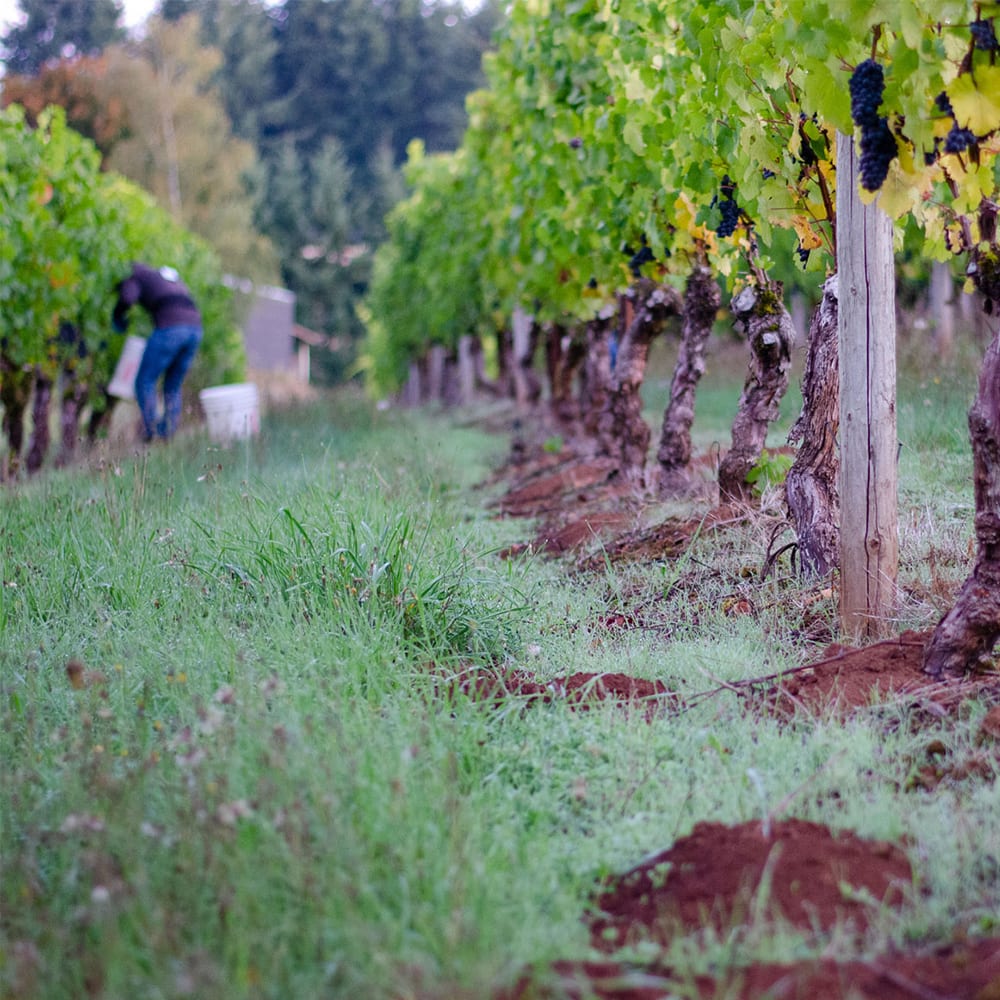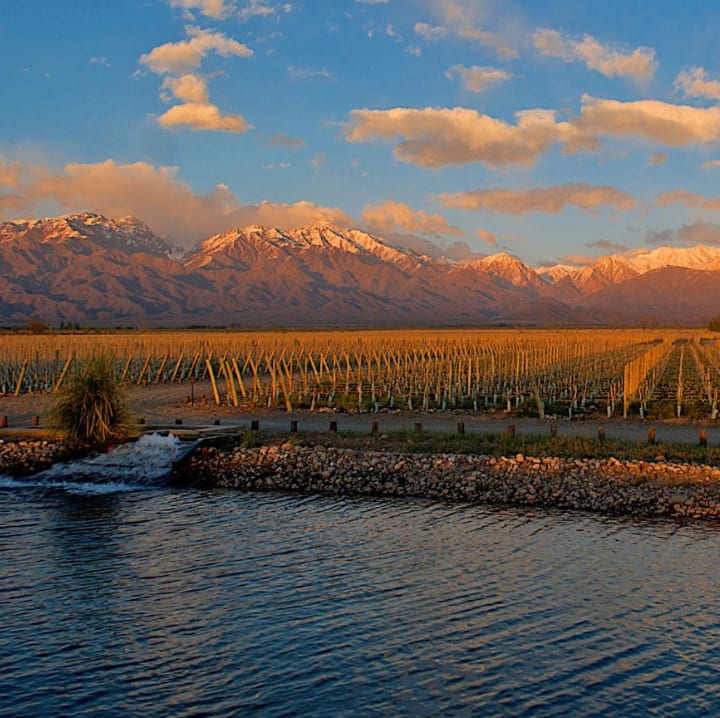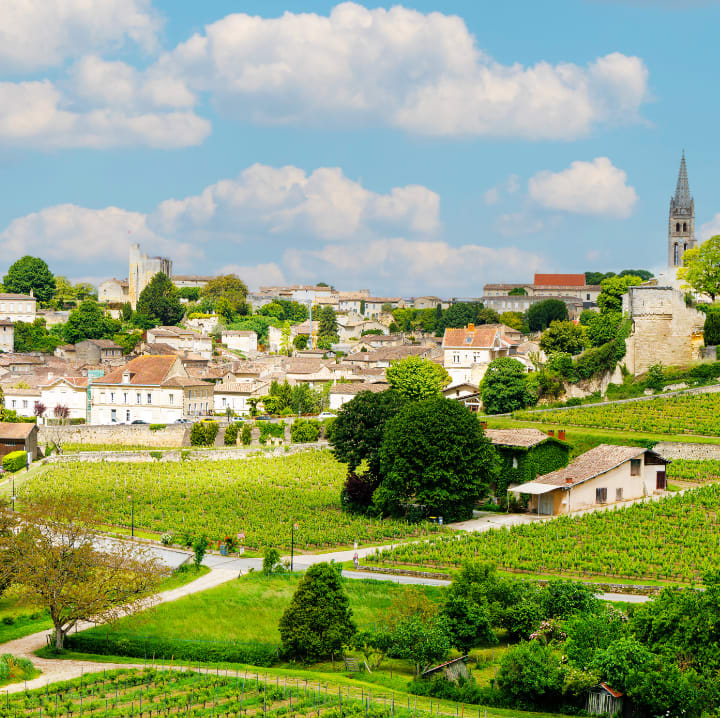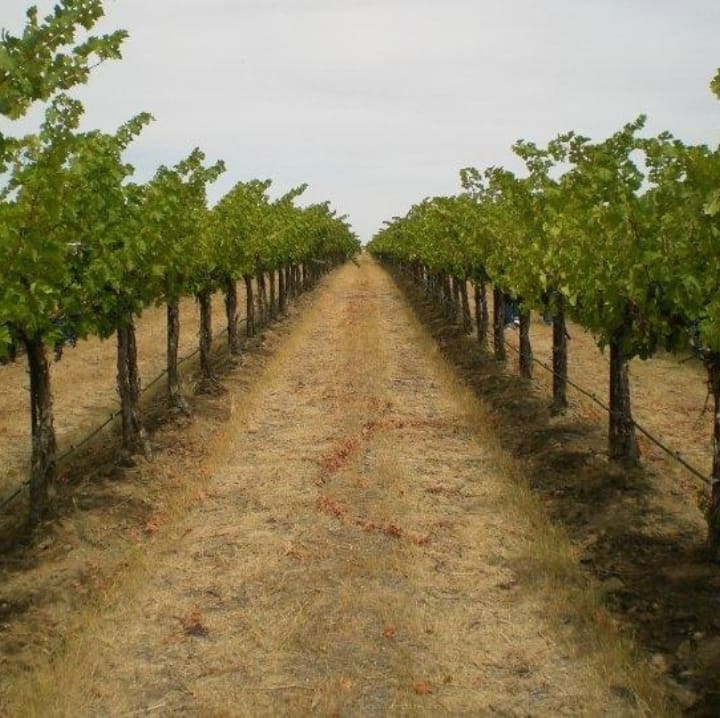Wine
Connect the Dots
Mendoza, South West France, and Yakima Valley
February 20, 2025

Here at Sommsation, we’re big believers that exploring and discovering new wines is just as exciting as drinking a wine we already know and love. We’re thrilled to announce our launch of Connect the Dots, a new series focused on introducing curious wine lovers to places, people, and bottles that we’re confident you’ll love.
For the second edition of our series, we’re connecting the dots between Mendoza, South West France, and Washington’s Yakima Valley. Although these three regions may seem vastly different at face value, a solid number of threads tie—besides producing accessible, quality-focused wines—thread these areas together. Get in on everything you need to know about these world-class viticultural zones here.
Regional 101: Mendoza, South West France, and Yakima Valley
Before diving into the regions’ similarities, let’s take a look at each of them from a 101 standpoint, beginning with Mendoza. Deemed Argentina's most important wine region, Mendoza puts out nearly two-thirds of the entire country’s annual wine production, making it a key player in the South American wine sector as a whole. The region covers a vast surface area in the eastern foothills of the Andes, and is planted to a number of varieties, including Malbec (25%+ of plantings), Cabernet Sauvignon, and Chardonnay. Mendoza’s modern-day wine industry dates back to the early 19th century, though it truly began taking off around the early 1900s.
On the other hand, South West France’s viticultural scene has been thriving for thousands of years, thanks to the Romans’ fervent cultivation of the area. Contrary to popular belief, the South West area was actually cultivated long before Bordeaux was planted with vines, rendering it even older and more historic than its more popular neighbor. The South West region encompasses vineyards around the Dordogne and Garonne rivers, and is home to the country’s famous Gascogne and Béarn subregions. In addition to wine, the South West is also known for its distillation expertise, as the area is home to France’s famed Cognac and Armagnac production.
In the Pacific Northwest, Yakima Valley plays a massive role in Washington State’s viticultural scene, as it was the first American Viticultural Area to be established in the state (1983). The area comprises over 18,000 acres of vineyards, and is responsible for producing approximately 40% of the state’s wine annually. French winemaker Charles Schanno is credited with planting the first vines in Yakima Valley back in 1869; today, over 90 wineries call the region—as well as its four sub-AVAs, including the prestigious Red Mountain AVA—home.
Terroir Specifics

With regards to terroir specifics, Mendoza, South West France, and Yakima Valley have quite a few things in common. All three areas experience continental climate conditions, though while Mendoza’s climate tends to be somewhat arid and desert like, South West France experiences some Mediterranean influences due to its proximity to the Atlantic Ocean and Mediterranean Sea. Hail is a main concern for winemakers both in Mendoza and the South West, whereas South West France and Yakima Valley share frost as a potential detriment.
Distinct topographical features also play a massive role in the terroir specifics across all three vineyards. Mendoza’s conditions are heavily influenced by its proximity to a number of rivers, including the Desaguadero, Mendoza, and Atuel, which provide ample water supply from glaciers melting in the Andes. The South West is also influenced by nearby bodies of water (mentioned above), the nearby Dordogne and Garonne rivers, and sloping topography created by the Pyrenees Mountains.
Similarly, Yakima Valley is characterized by many peaks and valleys, and is influenced by the nearby Cascade Range, which creates a natural rain shadow in the area. All three regions are made up mostly of alluvial soils, with loose sand and clay dominating Mendoza and South West, and silt, loam, and loess making up the majority of Yakima.
Grape Varieties
While numerous specifics tie Mendoza, South West France, and the Yakima Valley together, the greatest commonality is to be found in the Malbec variety. Although Malbec has found its modern-day claim to fame in Mendoza, its birthplace is actually in France’s South West region, where it goes by the name Cot (pronounced ‘koh’). Here, namely in the appellation of Cahors, Malbec is known for producing inky hued, highly tannic red wines that pair beautifully with the region’s equally hearty cuisine—though can truthfully be a bit aggressive when sipped on their own. According to France’s appellation system, red wines labeled as being from Cahors must contain a minimum of 70% Cot, rendering it the area’s most important red variety. Additionally, the red grape varieties of Tannat, Negrette, and Duras are also commonly planted in South West France, as are Petit Manseng, Gros Manseng, and Colombard for whites.
Malbec has become the unofficial poster child for the wines of Argentina, specifically from the Mendoza region. The variety was first introduced to the area back in the mid-1800s by Michel Pouget, a famous French agronomist who brought cuttings over from France. By the late 20th century, Argentina was focused on rebuilding a quality-forward wine industry, and realized that Malbec was a far stronger player than other local varieties—and the results immediately reflected such. However, contrary to the rustic, tannin-forward expressions from South West France, Malbecs from Mendoza tend to be more supple and fruit forward in style, marked by signature flavors of red berries, purple fruits, and violets.
Although Malbec is lesser known in the Yakima Valley than from France and Argentina, sommeliers and industry professionals in the know will tell you that this is certainly an up-and-coming area to keep an eye on if you’re a fan of the above two regions. With numerous quality-forward winemakers dedicating entire vineyards to the variety, the grape is starting to make a solid name for itself as a serious player in Washington’s red wine production. Taste wise, these expressions tend to fall more on the Mendoza side of things, offering plush fruit flavors and round, velvety finishes, as opposed to the more rustic versions from South West France.
Note: At Sommsation, our focus remains on independently-owned, responsibly-farmed estates, high-quality producers Below, we’ve outlined a few benchmark producers to know from each of the above regions, as well as have selected three Sommsation Picks to get you started on your journey.
Wineries to Know

Mendoza Highlights
The pioneering Catena family has long been credited with putting Mendoza on the international wine map, and are still key players in the region in the present day. Other noteworthy producers include Domaine Bousquet, Santa Julia, Echeverria, and Bodega Chacra.Sommsation Pick: Corazon del Sol Uco Valley Malbec
Produced from sustainably-farmed vines planted at soaring altitudes, this 100% Malbec comes from 100-year-old massal selection cuttings, leading to a concentrated and expressive wine that promises to please a crowd. Fun fact: The Uco Valley is a sub-area of Mendoza, and is deemed by many wine professionals as one of the best—if not the best—area for Malbec in the region. On the palate, flavors of black cherry, bramble, damp earth, and hints of dried herbs lead to a long-lasting finish.

South West France Highlights
Our go-to list of producers in South West France includes Domaine Tariquet, Château Haut Lavigne, Elian Da Ros, and of course, the renowned Chateau Lagrezette.

Yakima Valley Highlights
Washington’s Yakima Valley is home to a slew of small, family-owned wine producers that meet our strict quality standards; Two Mountain Winery, Dineen Vineyards, and Wilridge Winery are great places to start.
Sommsation Pick: DeLille Minuit Malbec Blend
Produced from fruit grown in the Quintessence and Red Willow Vineyards, this Malbec-dominant blend is rounded out with 28% Cabernet Sauvignon. The varieties work seamlessly together to create a full-bodied-yet-balanced wine laden with flavors of juicy blackberry, blueberry, and hints of tobacco leaf. Serve chilled and pair with your favorite red meats, burgers (meat or veggie based), or crockpot chilis for a simply perfect pairing.
